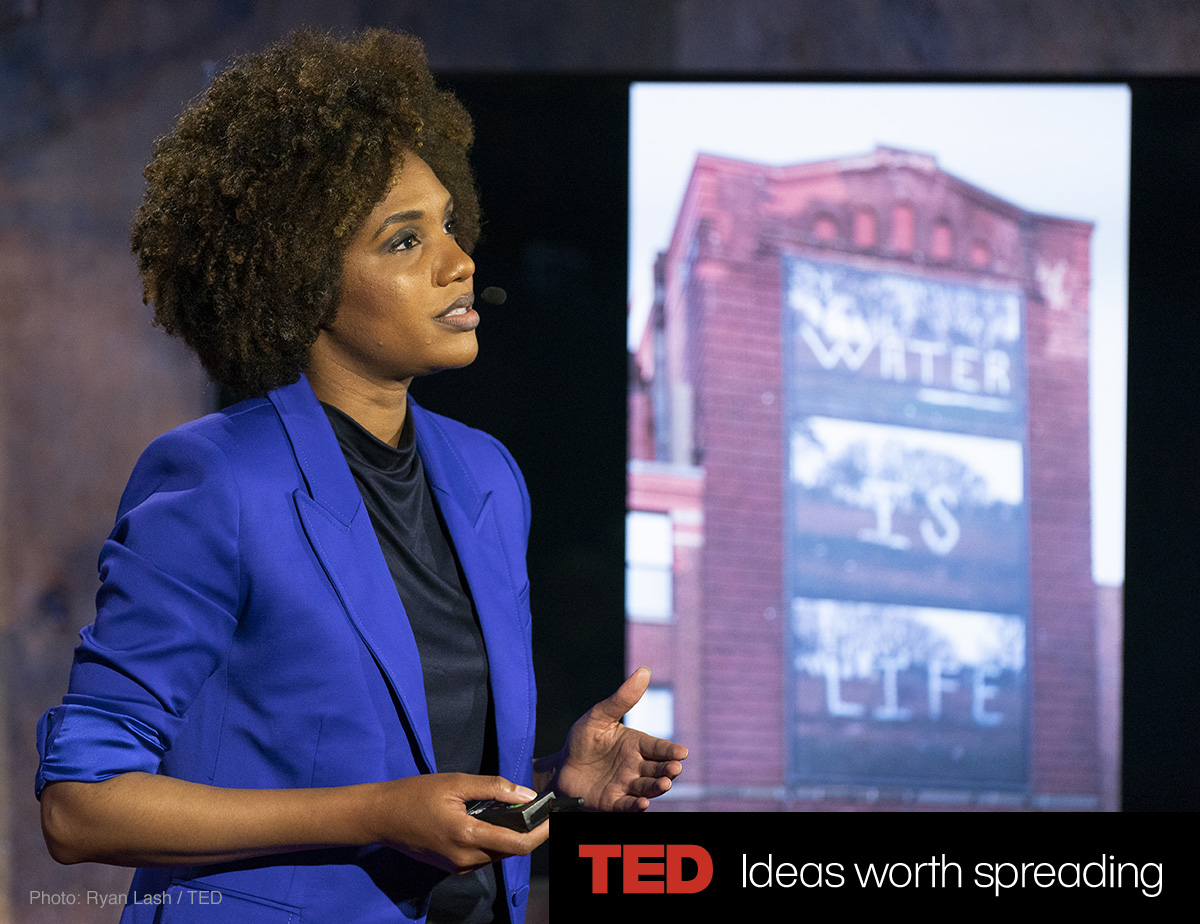LaToya Ruby Frazier Looks Beyond Blue-Collar Stereotypes
Hyperallergic
by Laura Raicovich
In The Last Cruze, the artist hones in on the vast inequities that persist in US society, as well as the tender relationships that enable survival and persistence in spite of them.

Photo: Useful Art Services
CHICAGO
In her exhibition, The Last Cruze LaToya Ruby Frazier presents a deep dive into lives of factory workers in Lordstown, Ohio, still reeling from General Motor’s decision to “unallocate” (read: effectively close) the local plant whose production of the eponymous sedan had guaranteed their livelihoods. At the Renaissance Society, Frazier installed over 60 photographs from this new body of work, alongside texts and other elements that portray the resulting state of limbo, as workers must decide to accept relocation, or lose their jobs, pensions, and benefits.
Frazier’s work has always offered an unflinching sense of intimacy and directness; it parses the violent aftermath of late-stage capitalism and racism, even as it highlights the resiliency of affected communities. In The Last Cruze, she unsentimentally preserves the stories of union reps, assembly-line workers, managers, workers in adjacent industries, and those of their families and children.
Installed on a series of orange-red panels that hang from the ceiling, the exhibition is immediately reminiscent of the assembly line. Panels of texts and images are hung close together, leaving little space to navigate between each, positioning the viewer in close proximity to the people Frazier has so sensitively photographed, and only inches from the details they relayed to her about their lives in the wake of an economic and social undoing. The gallery’s chapel-like space is further accentuated by the different hues of blue chosen for the walls and ceiling panels, as well as by several large scale prints installed high above the red assembly-line.
Courtesy of: HYPERALLERGIC




